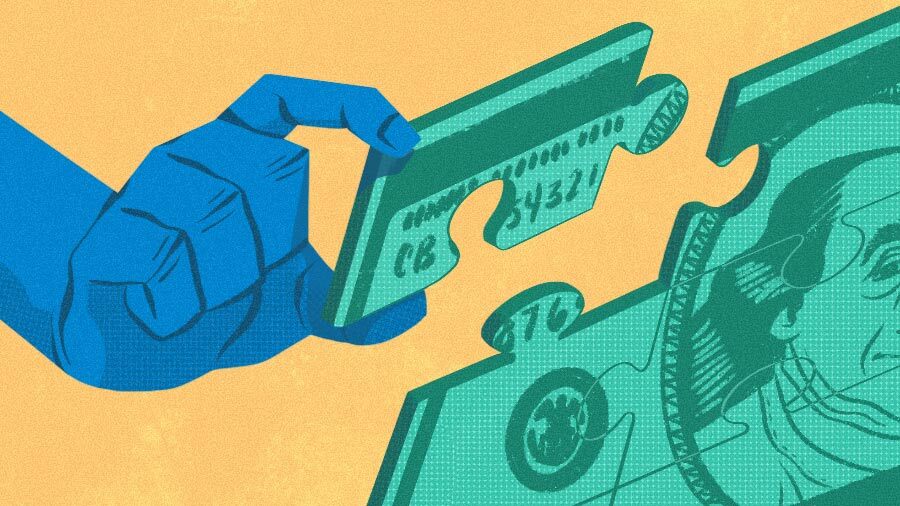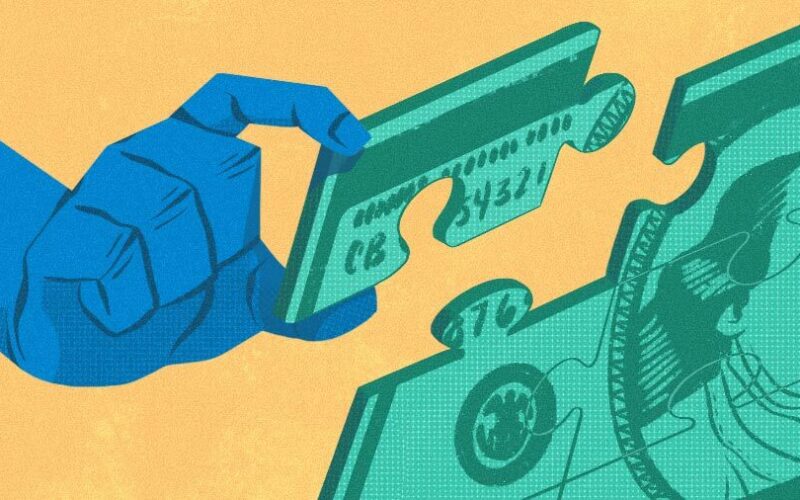By Bryan House
The tech industry was one of the sectors most hit by the fallout of the ZIRP, or Zero Interest Rate Policy era.
Companies once flush with VC money, promise and a laser focus on “growth at all costs” have done an about-face. When the money was cheap, it was so much easier for investors to bet on what Packy McCormack, the founder of strategy and investment firm Not Boring, calls the “Belief Rate” — or the belief that a company may make money in the future. Today, the Belief Rate for a technology like AI with clearer path to economic value is high, whereas in the past more speculative categories like crypto had a higher Belief Rate.
Belief Rates and interest rates are inversely related. As the economy cools and interest rates remain high, investors are less likely to bet on their belief in future cash flow and revenue multiples. The post-ZIRP era investor’s focus has shifted to profitability, and companies have gone to great lengths to demonstrate it.
In conversations with my peers, I’ve heard that companies are pulling the plug on tactics that lead to high customer acquisition costs and low returns. Spending 3x to 5x for every $1 in revenue is a thing of the past — areas like paid advertising, marketing programs and high-touch enterprise sales forces have been the first to go.
So, when the pressure shifts in the business from growth to profitability, what’s the best bet? Invest in your existing customer base via expansions and renewals, while cutting costs in other areas.
The ouroboros of SaaS
Before we get into details on some of the best ways to focus on your customers, let’s talk about why it’s so hard to build a customer relationship in SaaS.
In the early days, the idea of a simple way to deploy software in the cloud was extremely promising for buyers. Instead of months-long RFPs with CIOs (and even longer on-prem implementation times), a business user could theoretically purchase and “deploy” a SaaS software product to meet their own needs with minimal friction and no IT involvement.
Fast-forward to today, and the same ease of deployment that made SaaS take off — combined with ZIRP-era money flooding already crowded markets — has made SaaS software more commoditized and transactional than ever before. As Jamin Ball, a partner at Altimeter Capital, writes in one of my favorite newsletters, Clouded Judgment, we’re in an era of companies focused on incremental improvements, rather than transformative leaps.
One result of this is a proliferation of “zombie” startups accelerating a race to the bottom by lowering their prices to win at any cost to stay alive. The reasoning? They can raise prices in the future. I’ve personally seen companies increase prices by 3x or more on seven-figure contracts at renewal, effectively kicking themselves out of the door of accounts, accelerating the downward spiral even further.
As the snake eats its own tail and the market commoditizes itself, here’s a question I’ve often asked: Is loyalty dead?
Incrementalism certainly makes it harder to build long-term loyalty. Few companies are focused on something truly transformative — more often than not, products are either cheaper with the same functionality, or have a slight edge with novel functionality. Regardless, if you’re in an industry where your product is incrementally better than the last, your best bet for survival is to get close to your customer.
In my next article, I’ll highlight some of the top ways to align your team to focus on the customer, and in turn drive expansion and retention revenue.
Bryan House is the president at Elastic Path, a composable commerce company. A product and GTM executive with experience with startups from the pre-revenue stage to $170 million-plus in ARR, he is a proven company builder and leader.
Illustration: Dom Guzman

Stay up to date with recent funding rounds, acquisitions, and more with the
Crunchbase Daily.
Source link
lol

